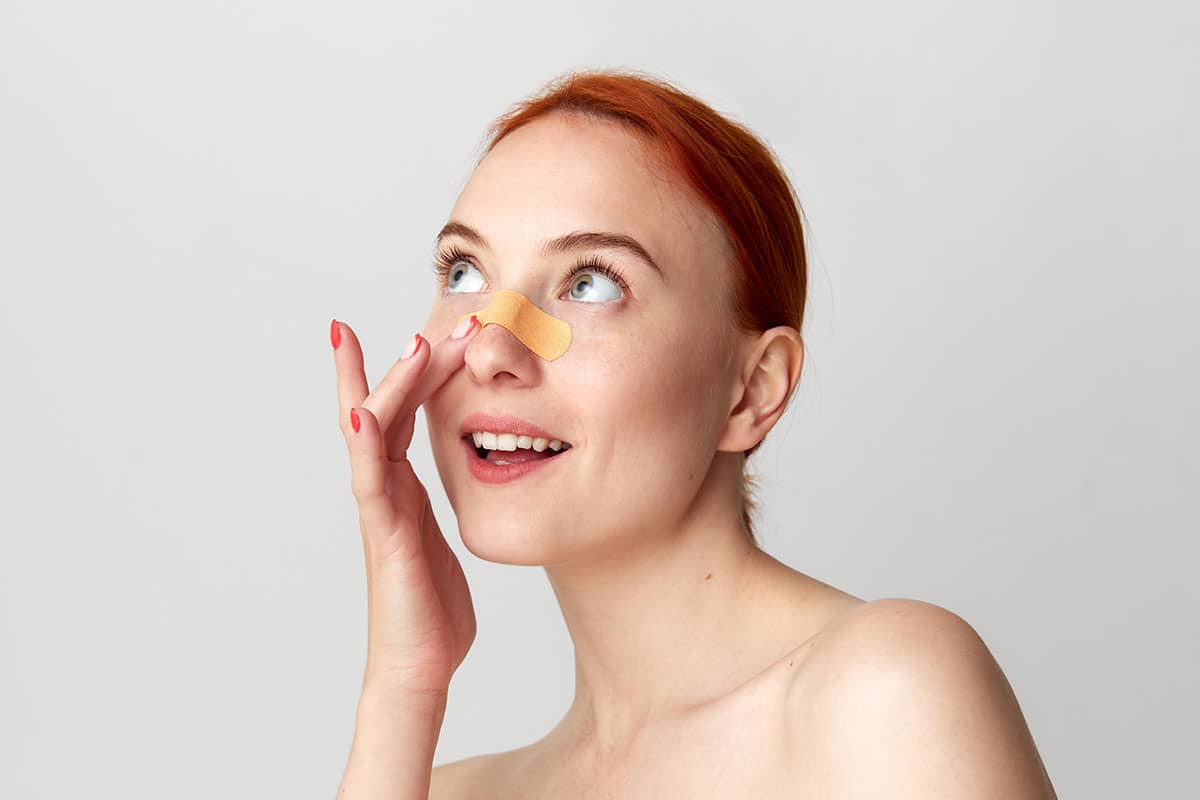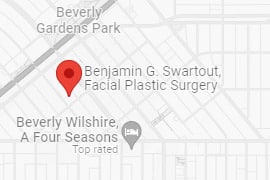Have you undergone a rhinoplasty and are now considering a revision? While revision rhinoplasty can achieve the results you originally desired, it comes with a recovery process that requires patience. Swelling is one of the most prolonged aspects of healing, and understanding the swelling timeline can help you set realistic expectations for your results.
The healing process for revision rhinoplasty differs from primary rhinoplasty due to the additional tissue manipulation and scar tissue present. Swelling may last longer, and final results take time to appear. In this guide, we will walk you through the expected swelling timeline and provide useful recovery tips.

How Long Does Revision Rhinoplasty Take to Heal?
Revision rhinoplasty recovery often takes at least one year for full healing. In some cases, it may take up to two years for all swelling to completely dissipate. While you may notice significant improvements within the first few months, subtle changes continue to refine your results over time.
Revision Rhinoplasty Recovery Timeline
Understanding the revision rhinoplasty recovery timeline can help set realistic expectations for healing. Since revision procedures involve additional scar tissue and structural adjustments, swelling may take longer to resolve. While the initial weeks are crucial for managing discomfort and inflammation, the full healing process unfolds gradually over many months. Below is a breakdown of what to expect at each stage.
The First 24 Hours
The first 24 hours after revision rhinoplasty are crucial for initial healing. Patients can expect significant swelling and bruising, especially around the nose and eyes. Cold compresses can help minimize inflammation, and keeping the head elevated is essential to reduce fluid buildup. Pain and discomfort are common but can be managed with prescribed medications. Rest and limited movement will aid in preventing unnecessary stress on the nose.
Immediate Post-Op
Days 2-6
Swelling and bruising remain prominent during this period, but patients may start to notice slight improvements. Discoloration around the eyes and nose is common, gradually fading as the body heals. Nasal congestion is expected due to internal swelling, making breathing more difficult. Keeping the head elevated and staying hydrated can aid in reducing inflammation. Cold compresses may still be beneficial, but excessive pressure should be avoided to prevent disrupting healing tissues.
The First Week of Recovery
Weeks 1-3
By the end of the first week, significant swelling will still be present, but the most intense bruising and discoloration should begin to fade. Many patients start feeling more comfortable during this phase, though nasal congestion and puffiness persist. By the third week, roughly 50% of the swelling may have subsided, allowing for a more refined nasal shape to emerge. However, residual swelling remains, especially in the tip of the nose, requiring continued patience as healing progresses.
Early Healing and Follow-up
The First Month
By the end of the first month, swelling has significantly decreased, and most patients can resume regular activities with caution. While around 60-70% of the swelling may have subsided, the nasal tip and bridge may still appear slightly puffy. Subtle changes continue as the tissue settles, and minor fluctuations in swelling can occur based on activity levels and environmental factors. Patients should continue to avoid strenuous activities and follow their surgeon’s recommendations for optimal healing.
Continued Healing and Decreased Swelling
Months 2-3
By the second and third months, swelling continues to decrease, revealing more defined nasal contours. Around 70% of the swelling should be gone, though the nasal tip may still appear slightly swollen. Minor fluctuations in swelling may occur due to temperature changes or physical activity. Patients can typically return to more strenuous activities during this period, but it is still essential to follow postoperative care instructions to support optimal healing. Patience is key, as further refinements in nasal shape will continue to develop over the coming months.
Substantial Healing and Activity Resumption
Month 6 and Beyond
By the six-month mark, most of the swelling has subsided, with only minor residual puffiness remaining, particularly in the nasal tip. The nose continues to refine as tissues fully settle, and subtle improvements become more noticeable. By the one-year milestone, the majority of patients will see their final results, though some may experience minimal swelling for up to two years. Ongoing care, such as avoiding trauma to the nose and maintaining a healthy lifestyle, can further enhance long-term healing and results.
Long-Term Recovery and Results
Rhinoplasty Revision Recovery Tips
Recovering from revision rhinoplasty requires patience and proper care to ensure the best possible outcome. While swelling is inevitable, there are several steps you can take to manage it effectively and support the healing process. Below are essential tips to help reduce swelling and promote a smoother recovery.
- Keep Your Head Elevated – Sleeping with your head elevated above your heart can help minimize swelling by preventing fluid buildup in the nasal area. Using extra pillows or a wedge pillow can make this easier.
- Use Cold Compresses Wisely – Applying cold compresses around the eyes and cheeks during the first few days can reduce swelling and discomfort. However, avoid direct pressure on the nose to prevent disrupting the healing tissues.
- Stay Hydrated – Drinking plenty of water helps flush out toxins and supports tissue repair. Proper hydration aids in reducing swelling and keeping the skin healthy during recovery.
- Avoid Salty Foods – Excess sodium can cause water retention and worsen swelling. Stick to a balanced diet with anti-inflammatory foods like fruits, vegetables, and lean proteins.
- Follow Your Surgeon’s Instructions – Your surgeon’s guidelines are tailored to your specific case, so adhere to their recommendations regarding medications, wound care, and activity restrictions for optimal healing.
- Limit Physical Activity – Strenuous exercise and heavy lifting can increase blood flow to the face, leading to prolonged swelling. Gradually reintroduce physical activity as recommended by your surgeon.
- Be Patient – Swelling takes time to resolve fully. While you may see improvements within the first few months, the final results will take longer to appear. Trust the process and allow your body to heal at its own pace.

Secure Your Safe Procedure Experience with Dr. Swartout
Join our satisfied clients who’ve experienced safe, effective treatments.
Who Should Perform Your Revision Rhinoplasty?
Choosing a highly skilled and experienced revision rhinoplasty surgeon is essential for achieving optimal results. Revision procedures are more complex than primary rhinoplasty, requiring precision, expertise, and a deep understanding of nasal structure and function.
Dr. Benjamin Swartout is a Harvard-educated nose specialist with extensive experience in both primary and revision rhinoplasty. With numerous publications on aesthetic nasal surgery and a history of correcting unsuccessful procedures, Dr. Swartout has the expertise to handle complex cases. He utilizes advanced techniques to reduce swelling, improve nasal function, and refine nasal contours for natural, long-lasting results.
If you are considering revision rhinoplasty, contact us today at 310-275-0704 or visit our contact page to schedule a consultation.

